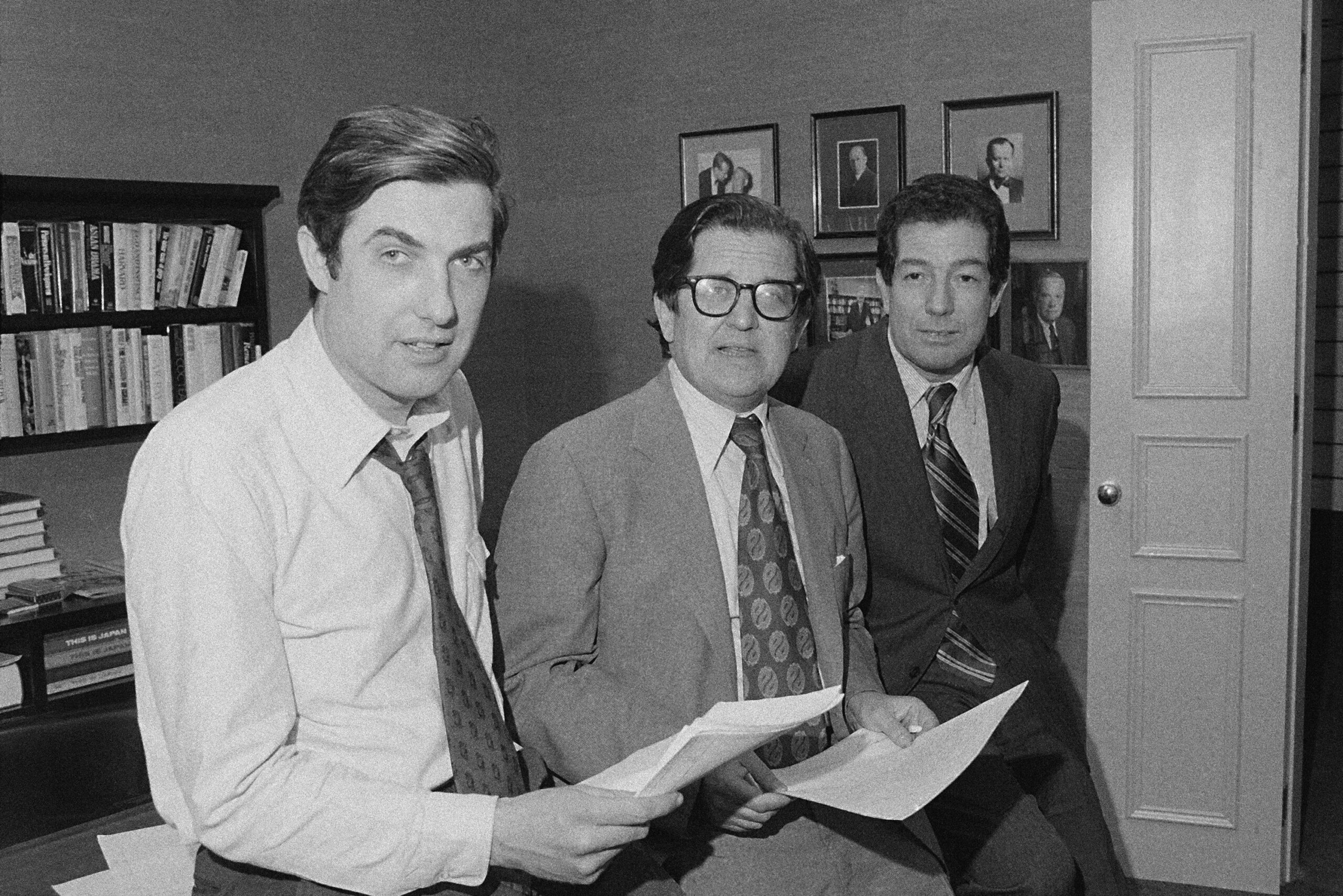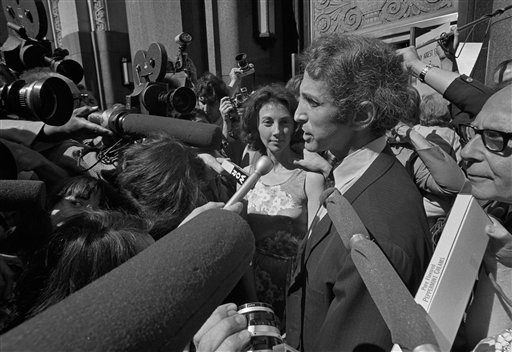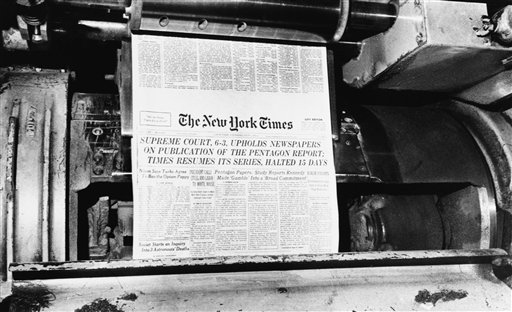New York Times Co. v. United States (1971)
Legal Principle at Issue
Whether the New York Times and the Washington Post could be enjoined from publishing excerpts from a classified Defense Department study of U.S. involvement in the Indochina War. More broadly, whether the First Amendment protects the publication of “classified information.”
Action
Reversed and remanded. Petitioning party received a favorable disposition.
Facts/Syllabus
The Nixon administration attempted to stop The New York Times and Washington Post from publishing materials pertaining to a classified Defense Department report regarding United States action in Vietnam. The Supreme Court found that prior restraint was unjustified because publication would not cause immediate harm to American forces.
Importance of Case
The Court reinforced the “heavy presumption against” prior restraint principle.
Often referred to as the “Pentagon Papers” case, the landmark Supreme Court decision in New York Times Co. v. United States, 403 U.S. 713 (1971),
defended the First Amendment right of free press against prior restraint by the government.

McNamara commissioned a secret Vietnam War study
In 1967 then Secretary of Defense Robert McNamara commissioned a secret government study on American involvement in Vietnam. When completed in 1968, the project comprised 47 volumes containing more than 7,000 pages. The work was labeled classified, and only 15 copies were made.
In early 1971 Daniel Ellsberg, a RAND Corporation employee who had worked on the project, secretly made copies of the documents and passed them to reporters for the New York Times. On June 13, 1971, after several months of review, the Times began to publish these so-called “Pentagon Papers.”
After the first three installments were published, the Nixon administration, citing national security concerns, obtained a restraining order barring further publication of the Papers. When the Second Circuit Court of Appeals affirmed the order, the Times made an emergency appeal to the Supreme Court, which agreed to hear the case the next day (June 26). The Court issued its opinions on June 30; in all, the entire legal process had taken only 15 days.
Supreme Court allowed Times to continue publication
In a 6-3 decision, the Court dissolved the restraining order and allowed the Times to continue with publication. Citing Bantam Books v. Sullivan (1963), Near v. Minnesota (1931), and Organization for a Better Austin v. Keefe (1971), the three-paragraph per curiam lead opinion noted that “any system of prior restraints comes to this Court bearing a heavy presumption against its constitutional validity” and “the Government thus carries a heavy burden of showing justification for the imposition of such a restraint.” In this case, the government had failed to carry that burden.
Justices differed on reasoning behind opinion

When addressing the question of why the government had failed to carry its burden, however, the Court’s majority splintered into six concurring opinions:
- On one extreme, Justice Hugo L. Black argued that “only a free and unrestrained press can effectively expose deception in government” and rejected any prior restraints on the press.
- Justice Byron R. White, although specifically rejecting the idea that “in no circumstances would the First Amendment permit an injunction against publishing information about government plans or operations,” refused to grant censorship authority to the executive branch without the authorization of Congress.
- Justice William J. Brennan Jr., referring to Justice Oliver Wendell Holmes’s clear and present danger test, concluded that prior censorship would be permissible in certain circumstances, but the vague, nonspecific claims of harm to national security made in this case were insufficient to justify prior restraint.
- Justice William O. Douglas generally agreed with Justice Black and also argued that the legislation the government used to support its case, the Espionage Act of 1917, did not support the government’s case.
- Justices Potter Stewart and Thurgood Marshall argued separately that in the absence of specific guidance by Congress, the Court should not grant the executive broad censorship power.
Dissenters thought case had moved too quickly
The dissenters — Chief Justice Warren E. Burger and Justices Harry A. Blackmun and John Marshall Harlan II — each filed separate opinions. They contended (in greater or lesser detail) that the case had been resolved far too quickly to consider and resolve fully the critically important legal issues at stake, especially the needs and prerogatives of the executive.
Case is regarded as a victory for the free press, although an ambiguous one
New York Times Co. v United States generally is regarded as a seminal victory for the free press in the United States. The per curiam opinion clearly states that in any situation in which the government wishes to resort to censorship, it faces a difficult task in convincing the courts to issue the necessary legal orders.
Despite this, many First Amendment advocates have criticized the decision. Although this case supports the right to publish, its impact is diluted by the failure of the Court to produce a clearly reasoned majority opinion. The Court’s fractured majority fails to say prior restraint may never be imposed; may be imposed only if the threat to national security can be proven to be real, serious, and immediate; or may be imposed if Congress provides sufficiently clear authorization and guidelines. Thus, far from being an unambiguous declaration of support for a free press, the decision leaves open the possibility of government censorship without specifying the conditions under which the First Amendment might permit it.
This article was originally published in 2009. Stephen Robertson is an Adjunct Assistant Professor of Political Science and International Relations at Middle Tennessee State University, where he has taught for about 25 years. He has always had a deep interest in constitutional law and the First Amendment and explores these topics in his courses on American government and women’s rights under American law.
cited https://mtsu.edu/first-amendment/article/505/new-york-times-co-v-united-states



 Cops Gone Wild
Cops Gone Wild 

 Breaking News
Breaking News